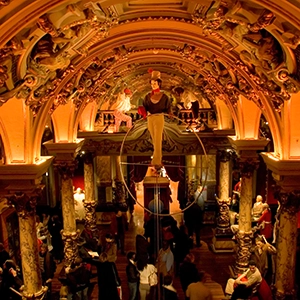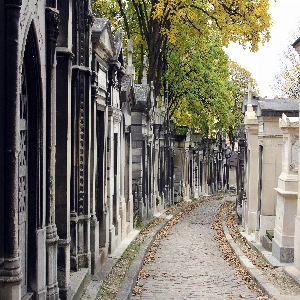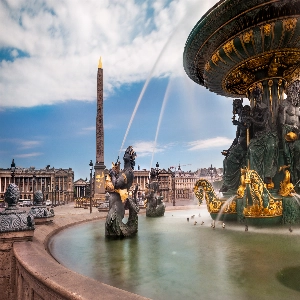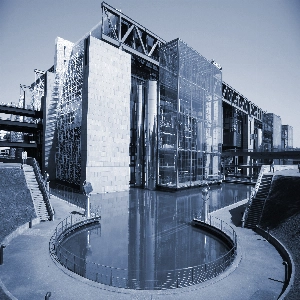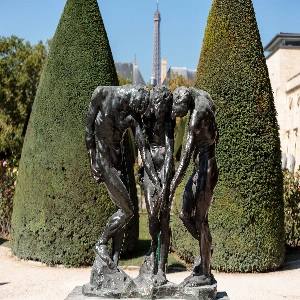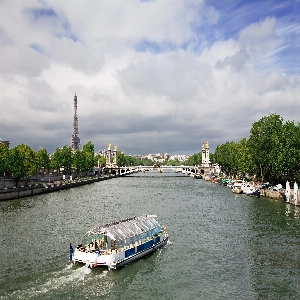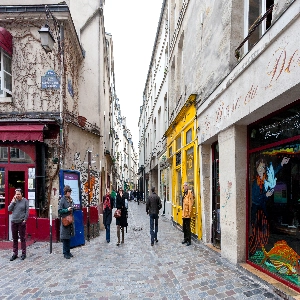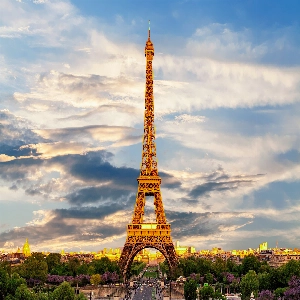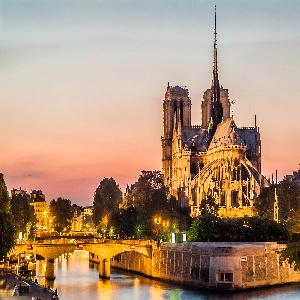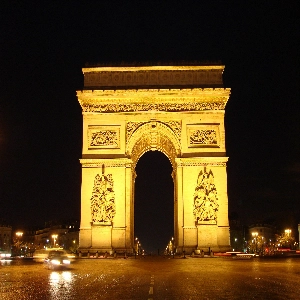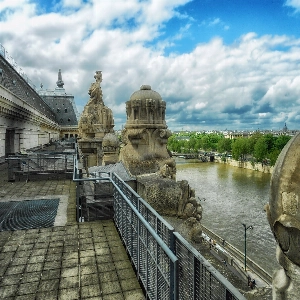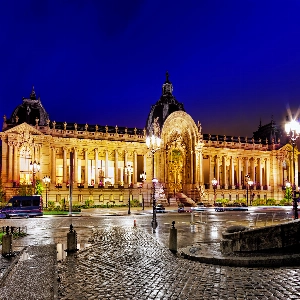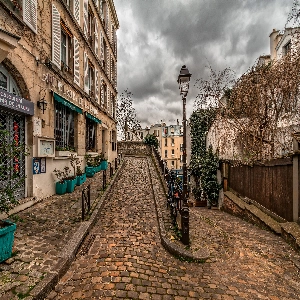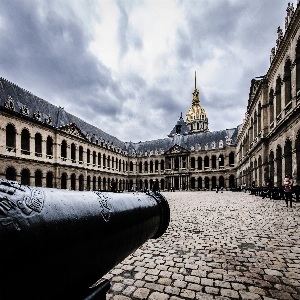Unveiling The Historical Charm Of Latin Quarter Paris

Located in the heart of Paris, the Latin Quarter stands as both an emblem of the French capital's past and a dynamic hub of modern culture. For centuries, it has been the city's intellectual center and artistic playground, housing some of the oldest universities in existence and being home to countless artists and writers. The narrow, winding alleys, charming cafes, and verdant parks form a unique landscape where every corner tells a story. In this article, we will explore the history, main attractions, and cultural experience of Latin Quarter Paris, offering an insider's guide to this fascinating neighborhood.
A Brief History of Latin Quarter Paris
The origins of the Latin Quarter can be traced back to the Roman era, when the city of Paris was known as Lutetia, and even then, the area was associated with learning and knowledge. However, it wasn't until the Middle Ages that the modern Latin Quarter began to take shape, with the founding of the University of Paris in 1150. As the University attracted scholars from all over Europe, the neighborhood developed into a vibrant center of intellectual activity.
The name "Latin Quarter" itself comes from the fact that Latin was the lingua franca of the region during the Middle Ages, spoken by all its residents, regardless of their native tongue. The area's history is marked by waves of immigration, as students, intellectuals, and artists from various countries and backgrounds gathered to forge new ideas and inspire each other. Some of the most prominent figures of French history, such as Victor Hugo, Honoré de Balzac, and Jean-Paul Sartre, called the Latin Quarter their home.
Main Attractions in Latin Quarter Paris
The Latin Quarter offers a multitude of sights and experiences that cater to all tastes and interests. Whether you're a history buff, an art lover, a bibliophile, or simply after a unique urban adventure, you'll find plenty to explore in this eclectic neighborhood.
La Sorbonne
Established in 1257, La Sorbonne is one of the oldest and most prestigious universities in the world, giving the Latin Quarter its intellectual ambiance. Although most of the campus is not open to the public, you can still wander around La Sorbonne's historic courtyards and admire its elegant architecture, which features an impressive Renaissance facade.
Panthéon
This grand neoclassical building is not only an architectural marvel, but also a monument to the great figures of French history. Originally built as a church, the Panthéon has been repurposed to serve as the final resting place for many of the country's most prominent citizens, including Voltaire, Rousseau, Marie Curie, and Victor Hugo. The interior is adorned with exquisite frescoes and sculptures that depict key events from France's past, making it a must-visit for history enthusiasts.
Jardin du Luxembourg
A true oasis in the heart of the Latin Quarter, Jardin du Luxembourg is the ideal place to unwind and take in the charm of the neighborhood. This enchanting park, established by Marie de' Medici in the 17th century, features beautifully landscaped lawns, colorful flower beds, and elegant fountains, providing a picturesque setting for a leisurely stroll or a relaxing picnic. In addition to its natural and architectural beauty, the park also hosts various cultural events, including free outdoor concerts during the summer months.
Shakespeare and Company
Located just a stone's throw away from Notre-Dame Cathedral, Shakespeare and Company is a legendary English-language bookshop that has served as the heart of the expat literary scene in Paris for nearly a century. Founded in 1919 by American Sylvia Beach, the store has been frequented by illustrious authors such as Ernest Hemingway, F. Scott Fitzgerald, and James Joyce. The present-day incarnation of the shop still maintains its unique bohemian atmosphere, with its cluttered bookshelves, reading nooks, and famous writer-in-residence program.
Cultural Experiences in Latin Quarter Paris
Aside from its historical landmarks and scenic beauty, the Latin Quarter is also renowned as a melting pot of cultures and traditions. The neighborhood's rich cultural heritage can be felt in its lively cafes, bustling markets, and diverse culinary scene, making it a paradise for foodies and culture vultures alike.
Café Life
No visit to the Latin Quarter is complete without experiencing its iconic café culture. From the historic Café de Flore and Les Deux Magots, which once hosted the likes of Sartre, de Beauvoir, and Picasso, to the countless cozy bistros that line its lively streets, the Latin Quarter features a myriad of spaces to sample French cuisine and enjoy a leisurely cup of coffee.
Marché Monge
This vibrant outdoor market, located just a short stroll from Panthéon, allows visitors to immerse themselves in the sensory delights of French gastronomy. Here, you'll find a plethora of fresh produce, cheese, bread, and seafood, as well as delectable pastries and handmade chocolates. The market is open on Wednesdays, Fridays, and Sundays, making it an ideal spot for a leisurely brunch or a picnic in the nearby Jardin des Plantes.
Latin Quarter Nightlife
When the sun sets, the Latin Quarter transforms into a lively hub of nighttime entertainment. From its historic jazz clubs, such as Caveau de la Huchette, to its contemporary art-house cinemas, like the emblematic La Pagode, the neighborhood offers a wide variety of options for night owls looking to experience the bohemian spirit of Paris after dark.
From its ancient roots to its present-day vitality, the Latin Quarter remains one of Paris's most captivating neighborhoods. Steeped in history, culture, and creativity, it serves as a testament to the countless artists, writers, and thinkers who have found inspiration along its storied streets. Whether you're exploring its architectural marvels, savoring its culinary delights, or simply wandering its winding alleys, the Latin Quarter is sure to leave an indelible mark on your heart and memory.

